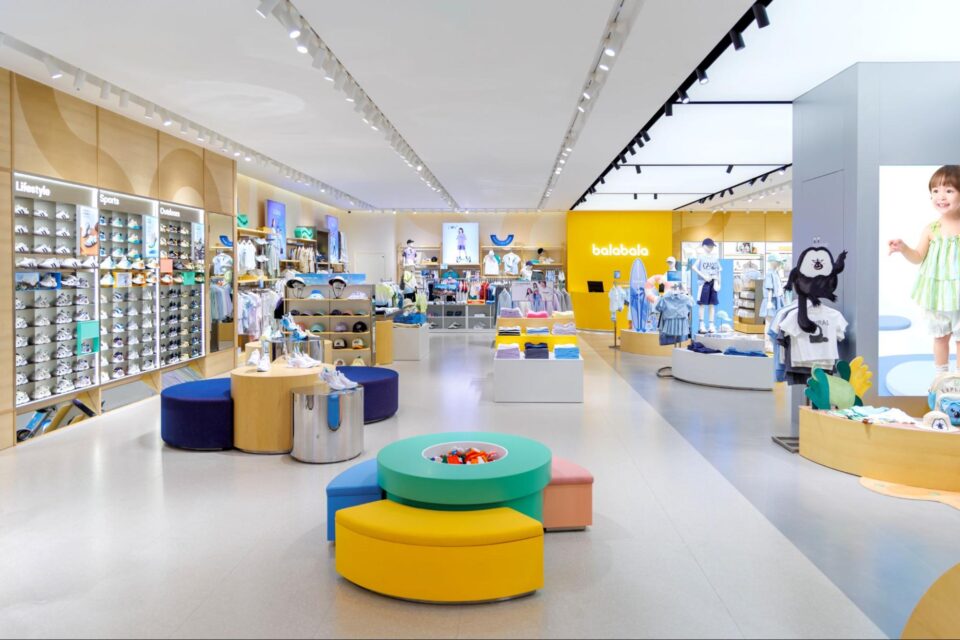The AI use case doom loop

I remember quite a distinct period of time, maybe a decade ago, when at least once a day someone from a broadband company would knock on your door.
They were, in a variety of ways, trying to encourage you to switch providers.
And of course the more it happened, the more you started trying to avoid them. You’d hide. You’d pretend you were in the middle of dinner. If they phoned, you might put on an accent and pretend they had the wrong number (at least that’s what I did).
As someone who spends a lot of time talking to retailers and brands, I can tell you that they feel about AI the way we all used to feel about broadband providers.
They’ve started to hide, or come up with elaborate lies to avoid talking to people selling AI solutions.
If you’re a retail tech company pushing AI, this, self-evidently, is not good.
And at the heart of the problem is what I’m calling the AI doom loop.
Show me the brands
I’m not going to dig into the nuances of AI in retail, where it’s used already, where it isn’t – and why even just using the vague term AI is a bit ridiculous for something that was first discussed in the mid-1950s.
For the purposes of this article, when I say AI I’m talking about any number of AI focused tech solutions and start-ups who are aggressively selling their ideas to retailers on the promise of transformational change.
They could be everything from a company that uses AI to create virtual models for fashion brands, through to a company that uses AI to minimise waste in a grocery store.
The start point for these companies is largely positive. The investment is there, and that money fuels demos at conferences, snazzy marketing, webinars, dinner events, email campaigns and everything in between.
So far, so good – the world can see they exist and what they do.
Thereafter, the doom loop begins as soon as the retailer asks for use cases – because they’re normally theoretical or tangential.
To read the rest of this post, subscribe to our Substack newsletter for free.
Subscribe to the Insider Trends Substack newsletter to get to exclusive insights that we don’t share anywhere else. You can expect more detailed thoughts on the trends we are seeing around the world at the frontline of new retail concepts and what it all means.



